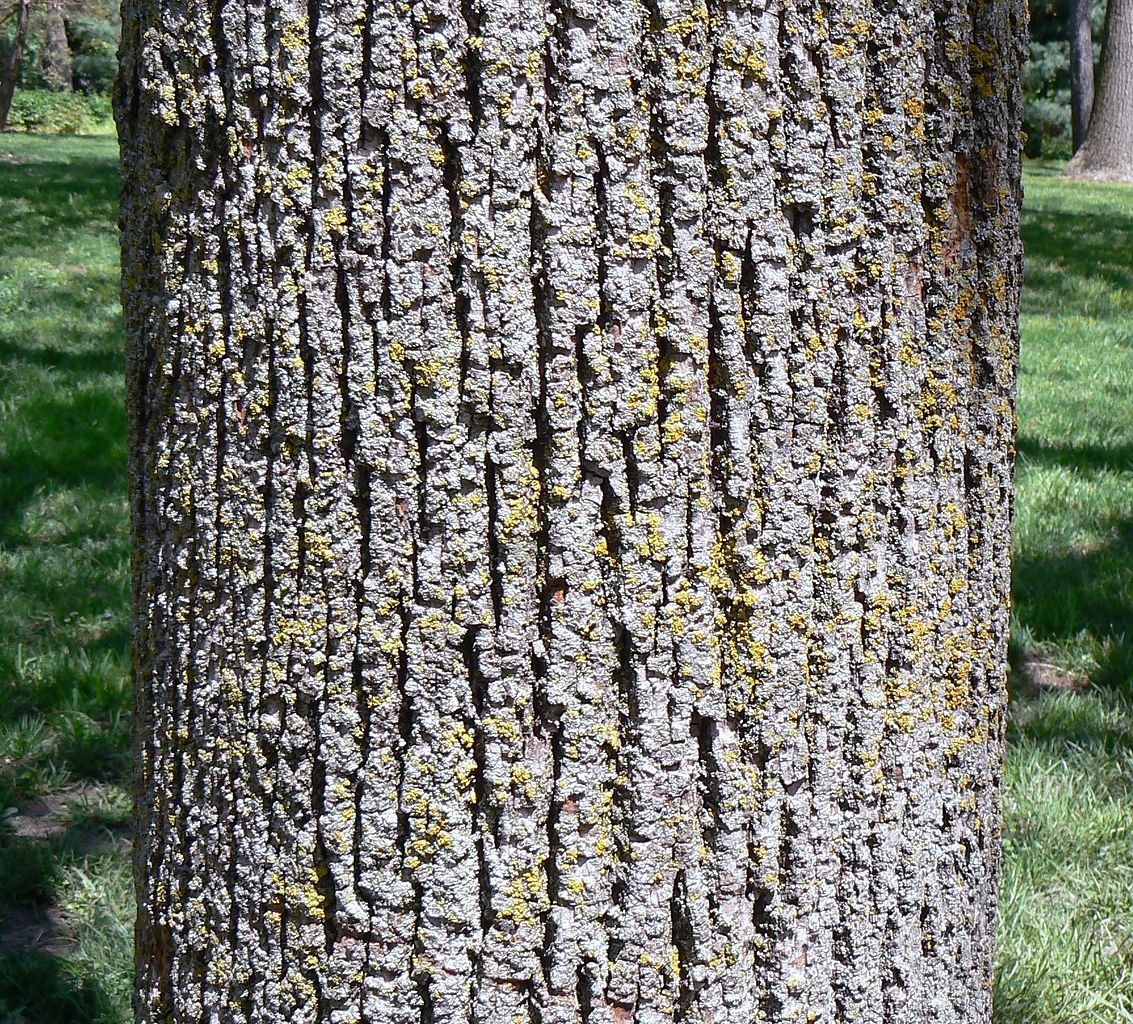American Basswood : Aboriginal Culture
American Basswood played an important role in the lives of aboriginal people in North America. The fiber from the American Basswood was essential to their survival. Aboriginal people named the Basswood, deriving the word from Bast, meaning fiber. Throughout the country there are places that aboriginal people named after the Basswood. Wicopee Hill in Vermont, Wecoachett Meadows in Cape Cod, and Wecuppemec Stream in Connecticut are just a few examples. Aboriginal people discovered that if the bark of the tree was soaked in water, in the shade, it could then be plied into twine, as well as twisted into rope. To make the rope even stronger the fibers would be strengthened through a boiling process. The fibers could then be used to make mates and clothing by weaving the fibers on a loom. The loom was vertical and made of wood, and the warp (the lengthwise yarns that are held in tension on the frame of the loom) used, was made of dry bulrushes. The string that was produced from the Basswood was used for harvesting wild rice, packaging medicines and food, and to make bags, fishing nets and wigwams.

